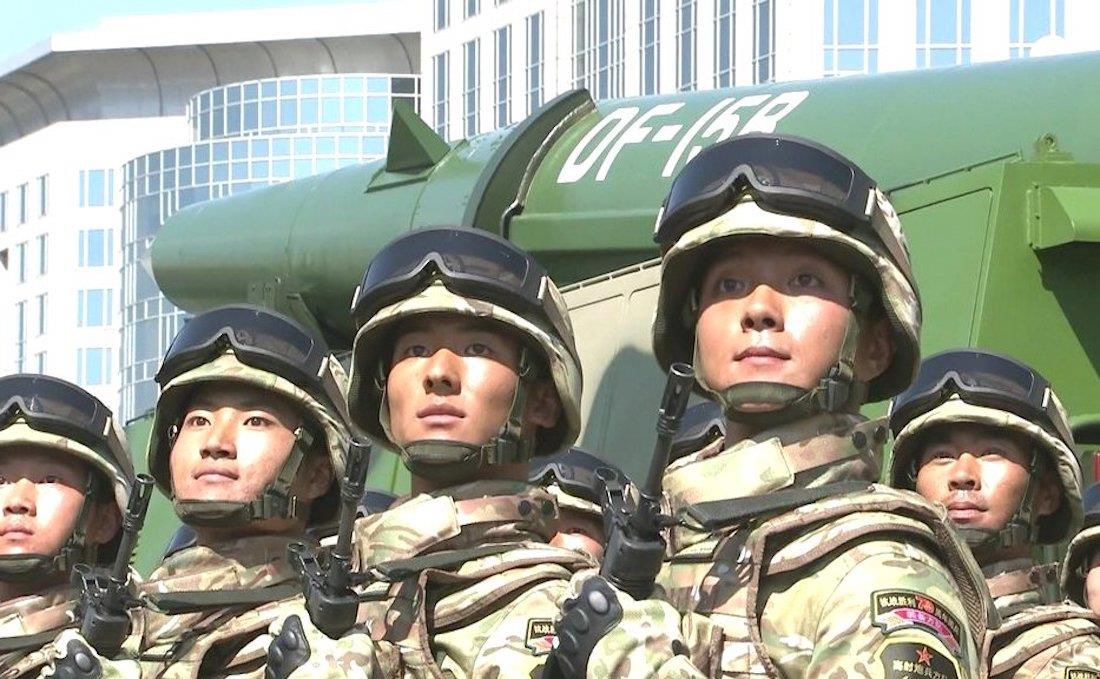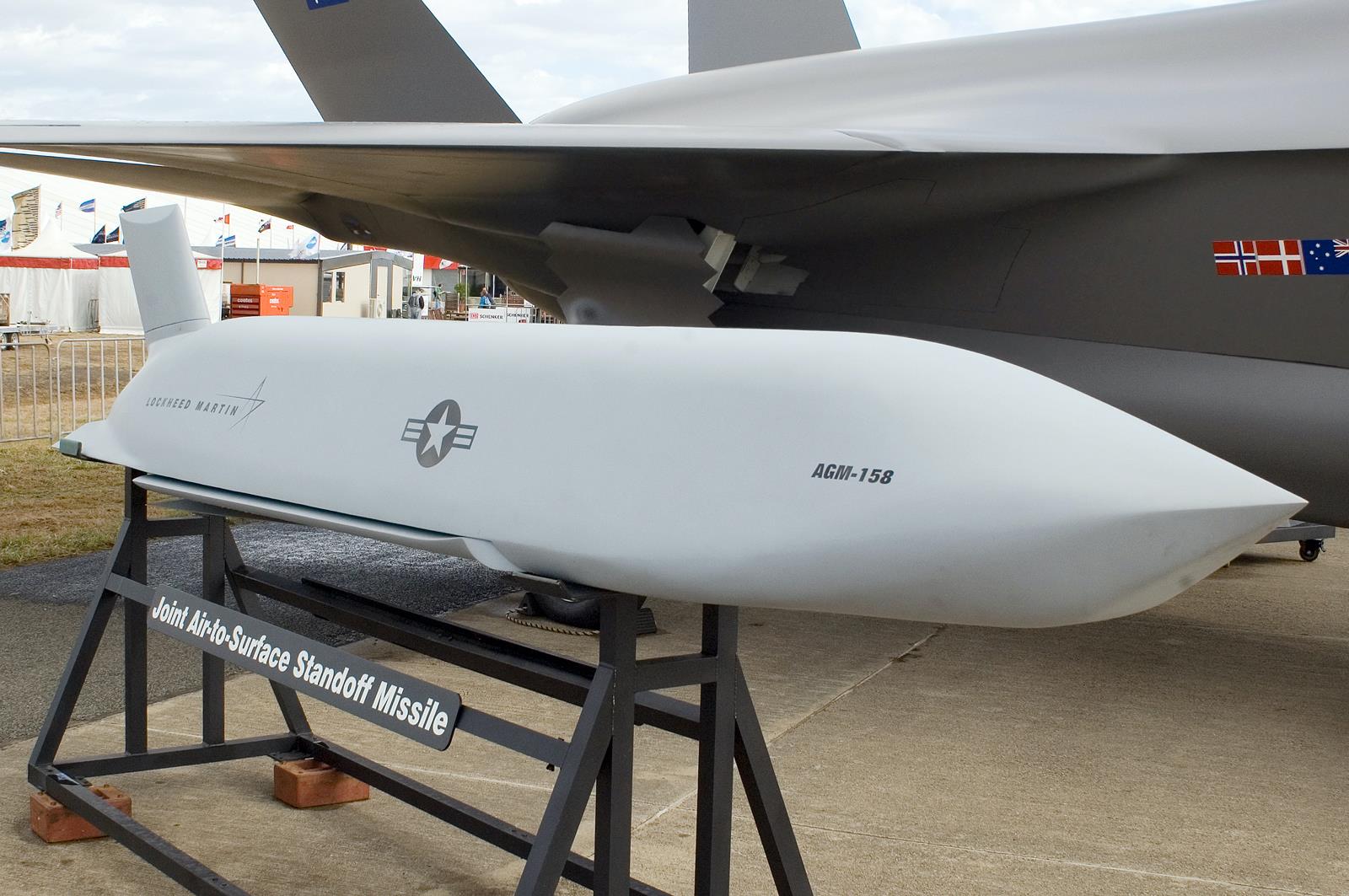(MENAFN- Asia Times)
In one of the most critical recent arms deals in the Pacific, the US State Department has approved a US$235 million sale of 80 Joint Air-to-Surface Standoff Missile – Extended Range (JASSM-ER) missiles to Australia, according to news reports.
Australian Aviation reported this month that the stealthy cruise missiles have a 935-kilometer range and can be deployed from the Royal Australian Air Force's (RAAF) F-35 Lightning II or F/A-18F Super Hornet fighters, giving Australia much sought-after long-range strike capabilities. The sale also includes containers and support equipment.
Previously, the US approved a $94 million potential sale of anti-radiation missiles for suppression of enemy air defense (SEAD) missions to Australia, as reported by Defense Connect.
Under that sale, Australia is slated to receive 15 AGM-88 High-Speed Anti-Radiation Missiles (HARM) rounds, designed to home in on enemy air defense radars to deny adversaries the use of air defense systems.
“This proposed sale will support the foreign policy and national security objectives of the United States. Australia is one of our most important allies in the Western Pacific,” said the US Defense Security Cooperation Agency (DSCA) in a statement.
Although Australia is 7,400 kilometers from China, it still views it as a threat to its democratic values and system. It also considers China's growing military capabilities and the prospect of getting dragged into a larger US-China conflict in the Pacific as critical threats.
In a 2021 documentary by 60 Minutes Australia, Malcolm Davis, a senior analyst at the Australian Strategic Policy Institute (ASPI), contended that China's authoritarian system threatens Australia's democratic values.
He also added that Australia should support democratic movements in Taiwan and stand in common cause with the US to maintain the moral ascendancy and credibility of democracy as a political system and way of life.

China's military has been growing rapidly and modernizing. Photo: WikiCommons
Grant Newsham, a senior research fellow at the Japan Forum for Strategic Studies, notes that China's military buildup in the last 40 years is possibly the fastest development in human history, aimed at displacing the US from the Pacific and then securing global hegemony.
A 2021 study by the Lowy Institute notes that China can already strike Australia from its bases using long-range bombers and missiles and that the asymmetry between China and Australia's military capabilities will grow over time.
The 60 Minutes Australia documentary notes that China has developed capabilities to strike the US and its allies including Australia with space-based weapons, laser weapons, a growing nuclear arsenal, electromagnetic rail guns and hypersonic missiles.
Historian David Brophy notes that the presence of US military facilities in Australia, notably at Northwest Cape and Pine Gap, makes Australia a target for long-range strikes from China in the event the US and China go head-to-head over Taiwan.
Brophy also cautioned that in case of a US-China conflict over Taiwan, Australia might not have the final decision to go to war with China. Davis contends that should Australia choose not to get involved, it would mean the end of the ANZUS alliance, which has been the bedrock of Australia's strategic security since World War II.
Limited long-range strike capabilities
China's perceived rising risk to Australia's strategic security likely figured heavily in Australia's calculus to acquire long-range strike capabilities.
Security correspondent Anthony Galloway notes in the Sydney Morning Herald that the F-35 Lightning II does not have the range to reach the South China Sea and Taiwan without aerial refueling. Even then, aerial tankers may not always be available over contested airspace.
Due to this lack of range, Australia needs to have good relations with its northern neighbors, such as Indonesia, says John Blaxland, a professor of international security at the Australian National University.
However, refueling Australian combat aircraft over Indonesian airspace may be a hard sell.“I want to emphasize that, in accordance with the lines and principles of Indonesian foreign policy, Indonesian territory cannot and will not be used as a military facility base for any country,” said Indonesian Foreign Minister Retno Marsudi in a 2020 article in The Jakarta Post.
While Marsudi's remarks were directed toward a US report stating that China aims to build an overseas military logistics facility in Indonesia, however, the logic behind this strong response may carry over against future Australian proposals to use Indonesian airspace for aerial refueling.
In addition, Australia may have already been outmaneuvered by China in seeking such access to its South Pacific neighbors.
China's new security pact with the Solomon Islands, which gives it police and military access throughout the latter's territory in exchange for development assistance, may be repeated in other economically struggling Pacific countries such as Papua New Guinea and Fiji.
Similar agreements with China and other Pacific countries can potentially provide Australia with much-needed airspace to sustain long-range strike missions.

Lockheed Martin's JASSM-ER is headed to Australia. Image: Wikimedia Commons
Hence, acquiring a long-range fighter-borne air-launched cruise missile such as the JASSM-ER may prevent the need for aerial refueling over friendly territory and accomplish several of Australia's strategic objectives.
As Graeme Dunk noted in a recent The Strategist article , JASSM-ER missiles can put potential adversaries such as China at risk. Combined with other elements and capabilities of Australia's military, these missiles can provide Australia with a credible deterrent.
JASSM-ER missiles positioned on the RAAF's F-35s can also provide flexible and survivable strike options as they are capable of being launched from Australian or allied airbases, redirected or retargeted per operational and tactical situations.
The initial batch of US JASSM-ER missiles may also provide Australia with the base to start its domestic missile production. Dunk, for one, notes that stockpiling US-made missiles is not a sustainable option for Australia.
Australia has thus already taken initial steps to jumpstart local missile production. This April, The Wall Street Journal reported that Australia had chosen US defense contractors Lockheed Martin and Raytheon to partner with a new government-backed enterprise to assemble domestically guided weapons for its military.
MENAFN23072022000159011032ID1104578237
Legal Disclaimer:
MENAFN provides the information “as is” without warranty of any kind. We do not accept any responsibility or liability for the accuracy, content, images, videos, licenses, completeness, legality, or reliability of the information contained in this article. If you have any complaints or copyright issues related to this article, kindly contact the provider above.